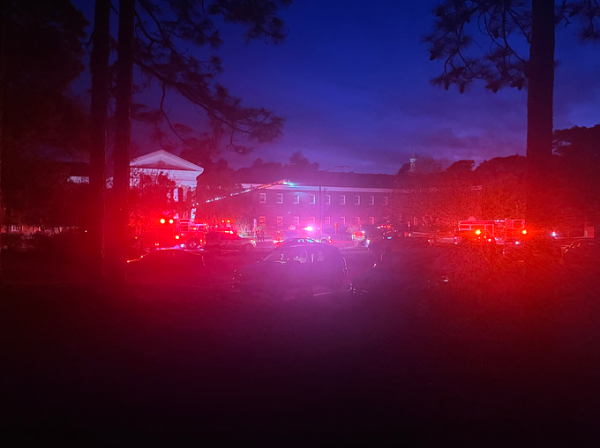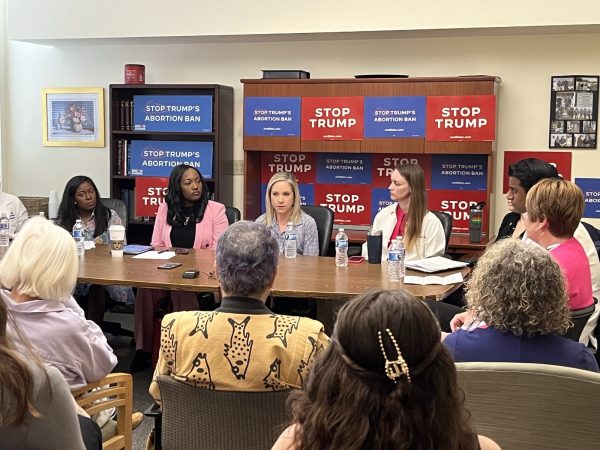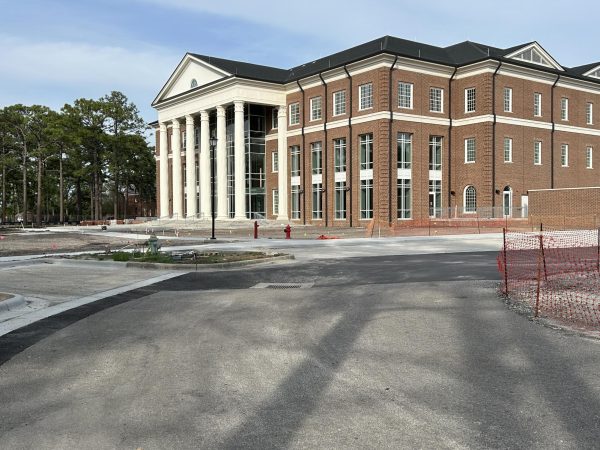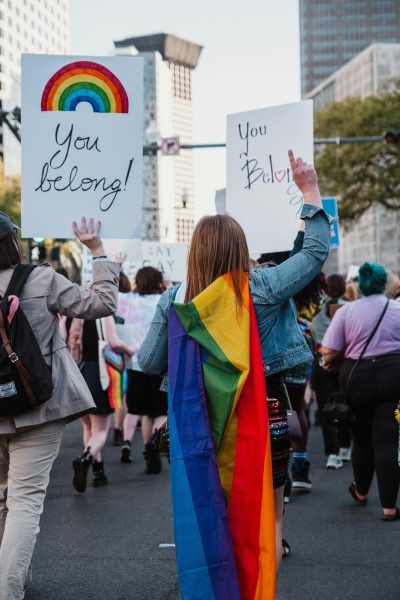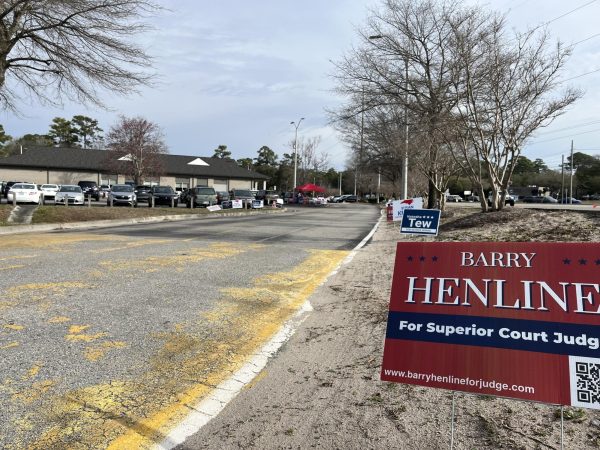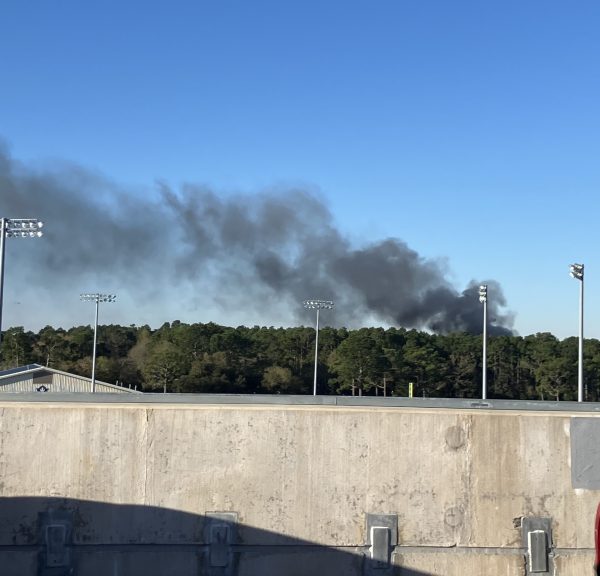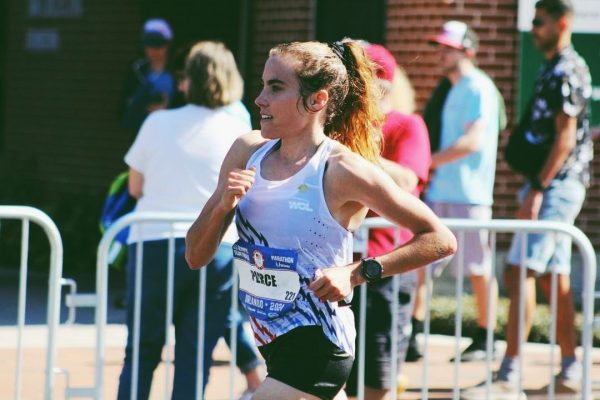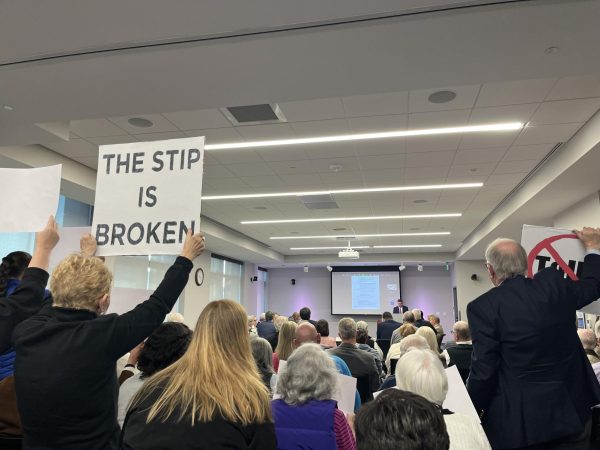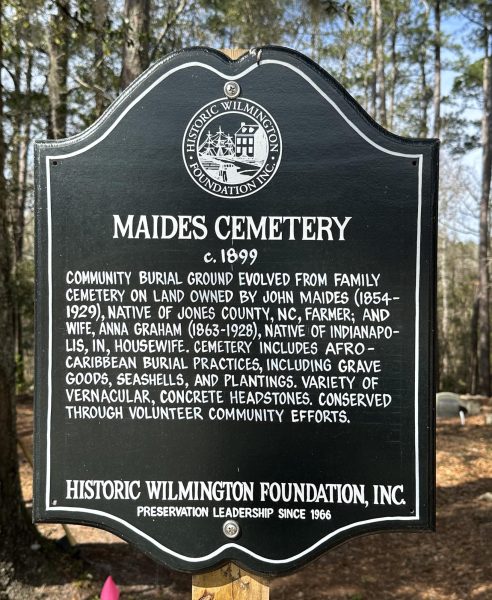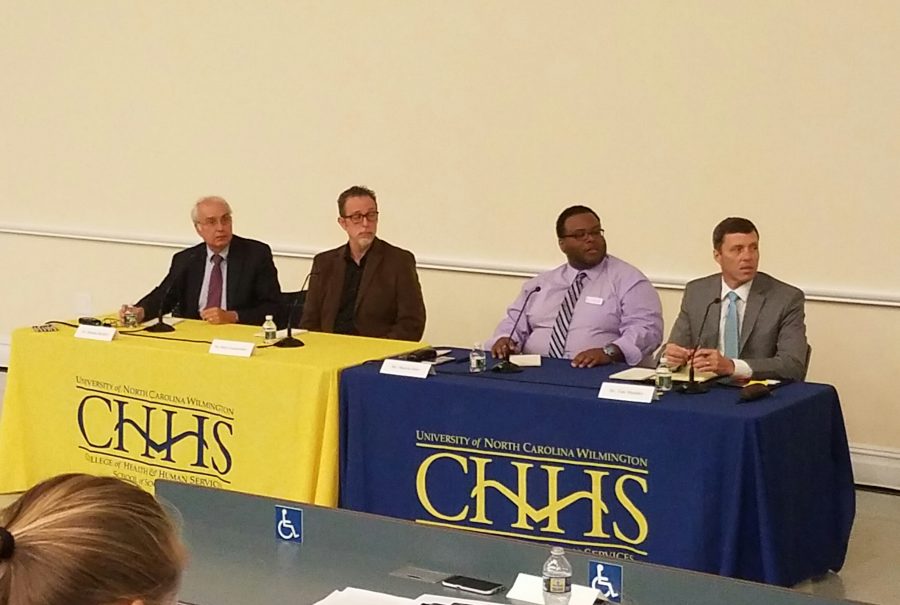Progress in Poverty Through Education
April 6, 2017
Almost one out of every four people in Wilmington live below the poverty line, and this affects almost every neighborhood in the community, said the mayor of Wilmington at the Sixth Annual Poverty Symposium in UNC Wilmington’s McNeill Hall.
“These are very complex issues and they don’t come with simple answers,” said Mayor Bill Saffo.
The United States is probably the most impoverished nations in the world, according to Dr. Harlan Beckley, the executive director of the Shepherd Higher Education Consortium on Poverty. The national poverty rate was about 14 percent last year. In Wilmington, 23 percent of people are living in poverty. Children are also affected by poverty; the national child poverty rate is about 20 percent.
New Hanover county is one of the highest performing counties in North Carolina, said Dr. Tim Markley, the New Hanover County School Superintendent. However, 41 percent of students qualify for free or reduced-price lunches.
Children are affected by the criminal justice system as much as their incarcerated parents are, said Marrio Jeter, the program director of Communities in Schools of Cape Fear. Jeter works with children whose parents were former inmates. The children of incarcerated parents are “locked in a cycle of poverty,” he said.
“More and more kids are becoming at-risk,” said Jeter. The key is to expose these children to different experiences to make them aware of opportunities that are available to them. “We work really hard to try to expose them to other experiences… [like] preparing for college,” Jeter said.
Still, money is necessary to explore some possibilities, making them inaccessible to poverty-stricken children. John Kelly is a 20-year-old online college student who says his educational experience was shaped by the financial resources of his family.
“I went to a better high school that I couldn’t have gone to otherwise,” he said. “I couldn’t have attended a lot of the programs, like the National Young Leaders Conference, because you had to buy a plane ticket to go.” Today, he takes college courses, courtesy of his parents. “It was always assumed that I’d go to college, and my parents are capable of paying for it.”
Rick Franceschini is a teacher at Sunset Park Elementary School, which has a student population that is 100 percent dependent on the free and reduced lunch program. His students have aspirations of attending college in the future, although they are currently living in poverty. “They’re just like everybody else,” he said. “They want what everybody else (wants).”
Poverty is a multifaceted problem that has no single solution. “It’s not a one-size-fits-all solution,” said Markley. “We do a lot of different things.”
“You can’t fix the problem until you fix all the other variables’ problems,” Kelly said.
“[We try to] let [children] see that there is a way out of the cycle they are in,” Jeter said. “We need to do better at translating how that possibility becomes real.”
